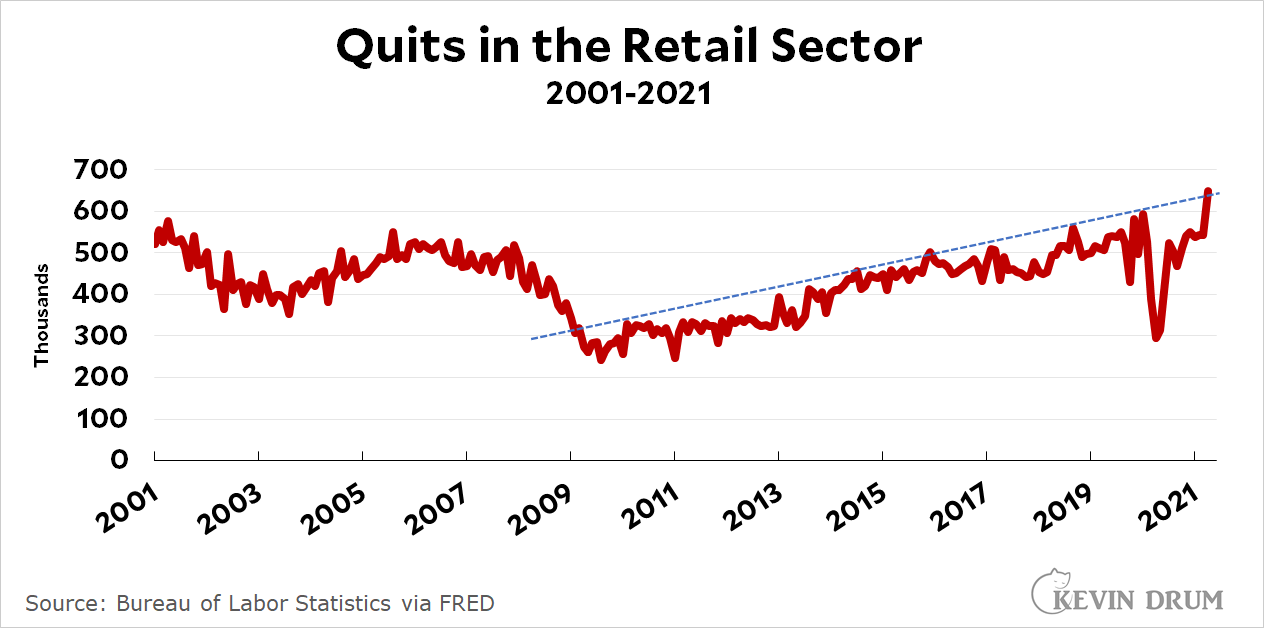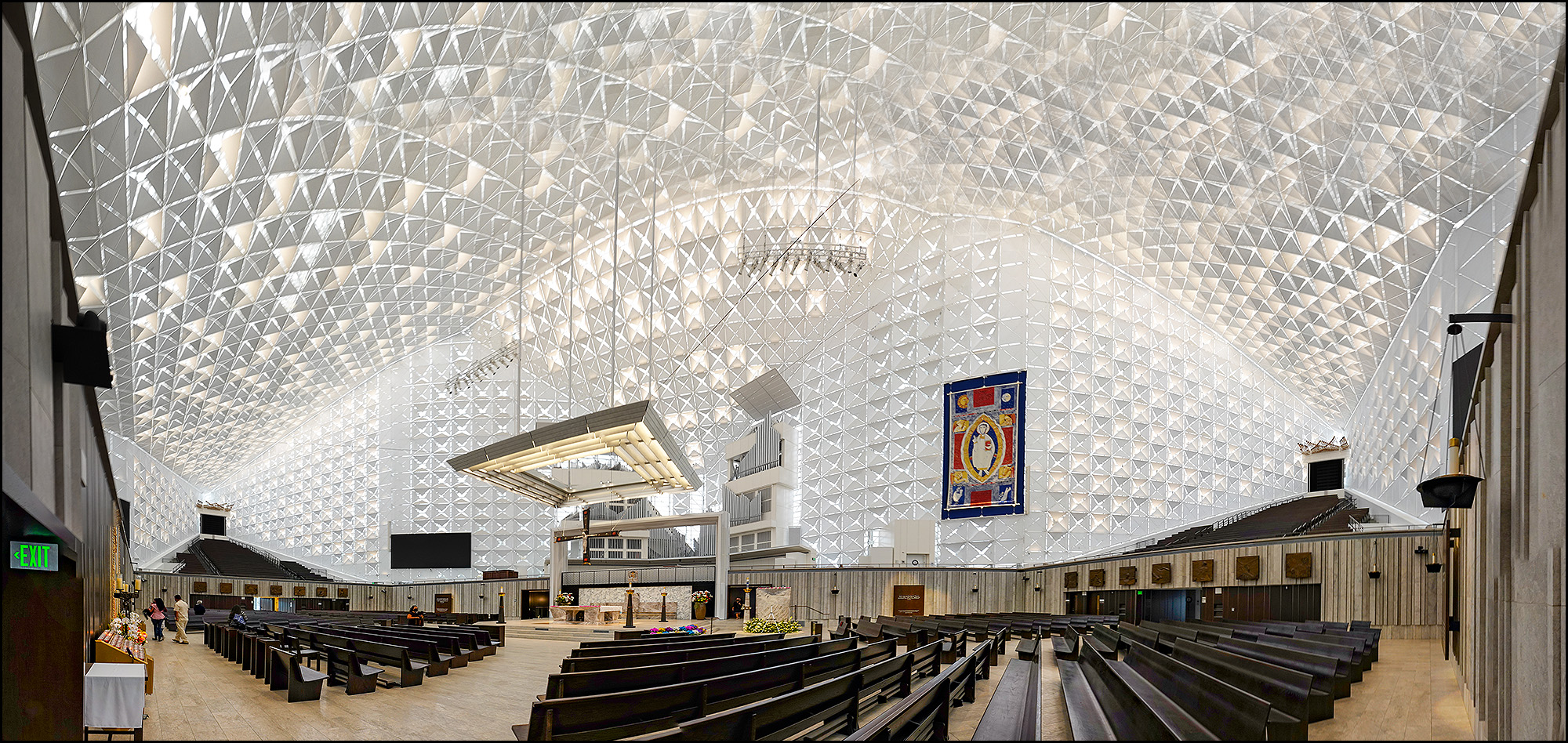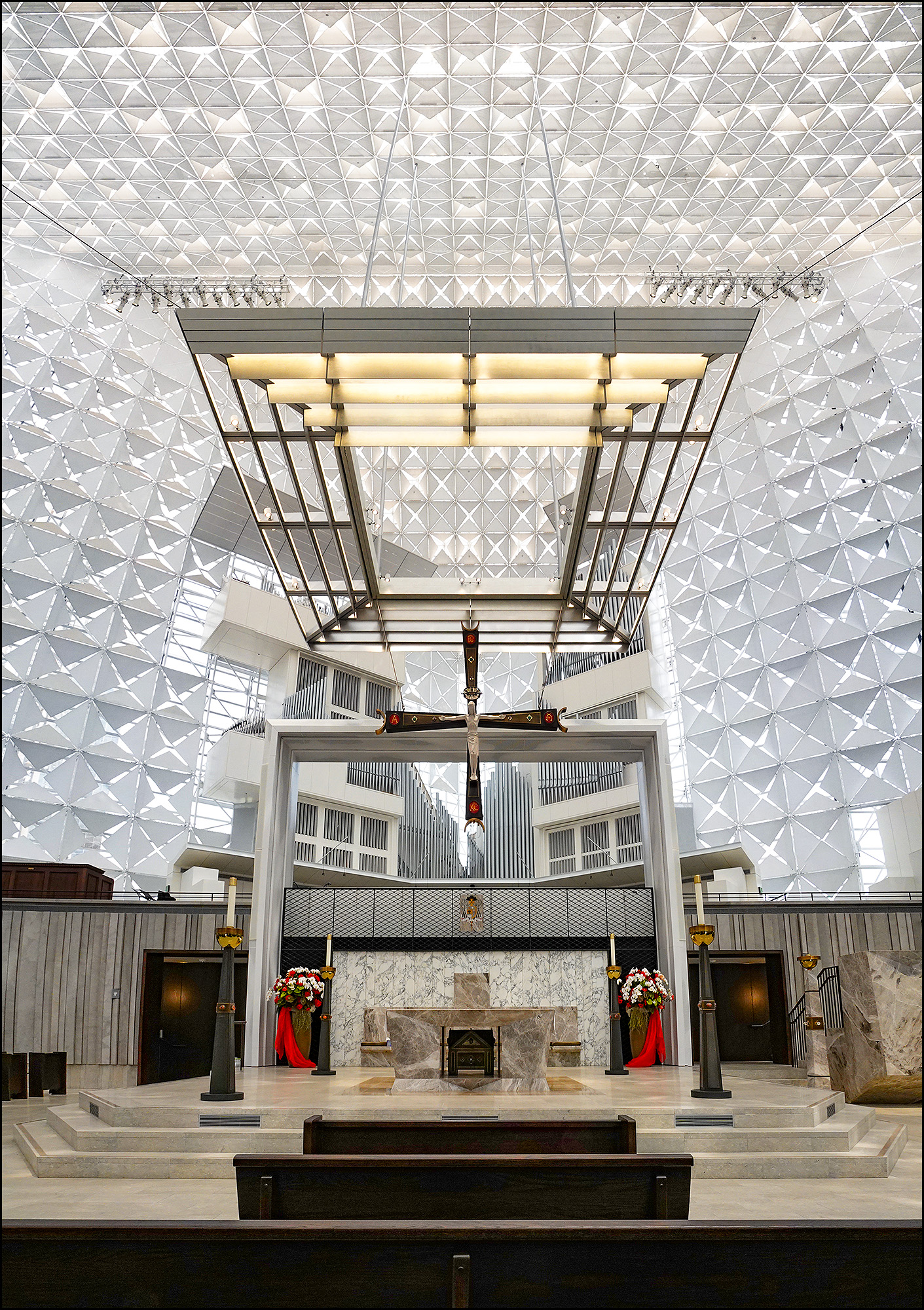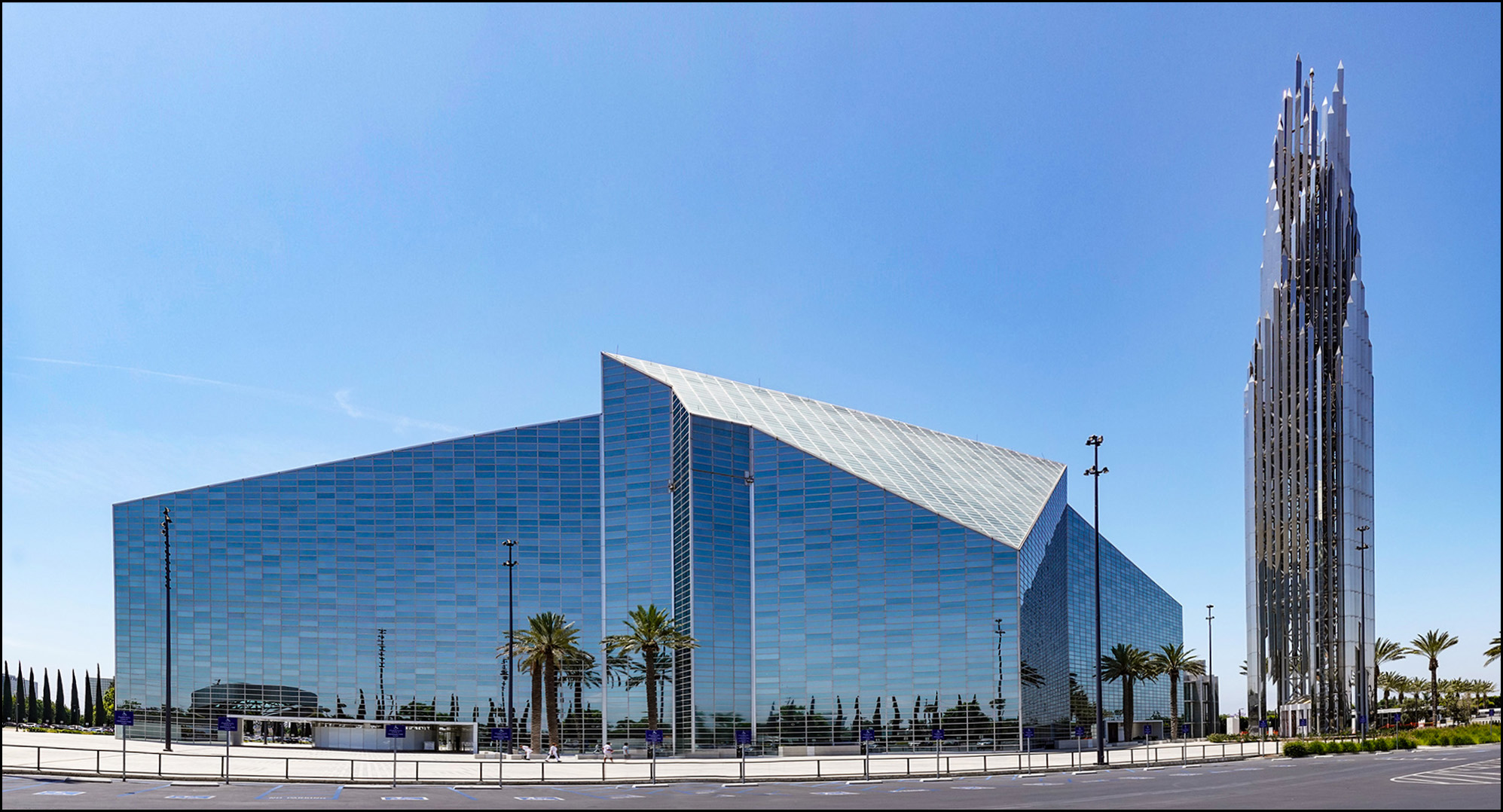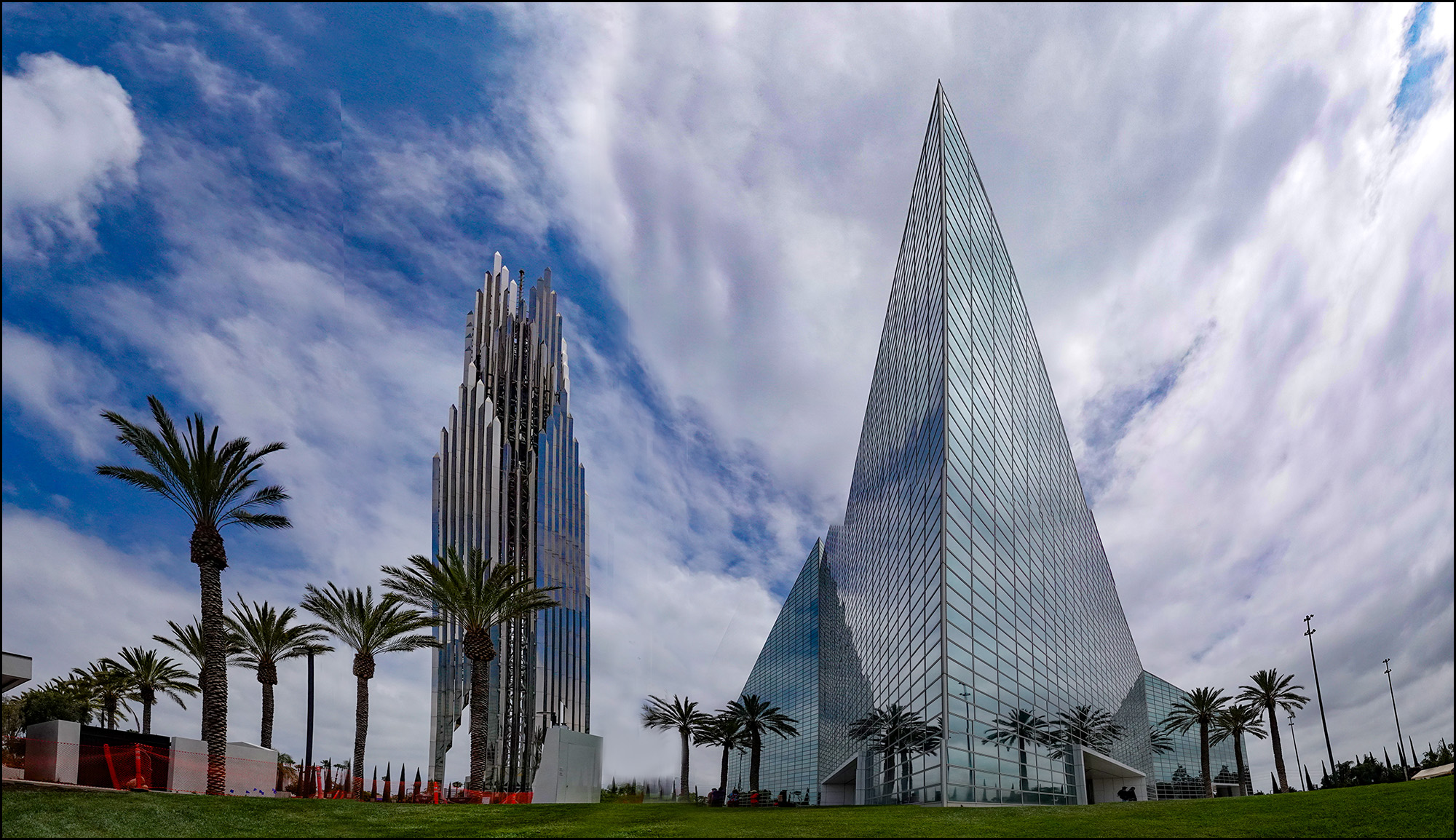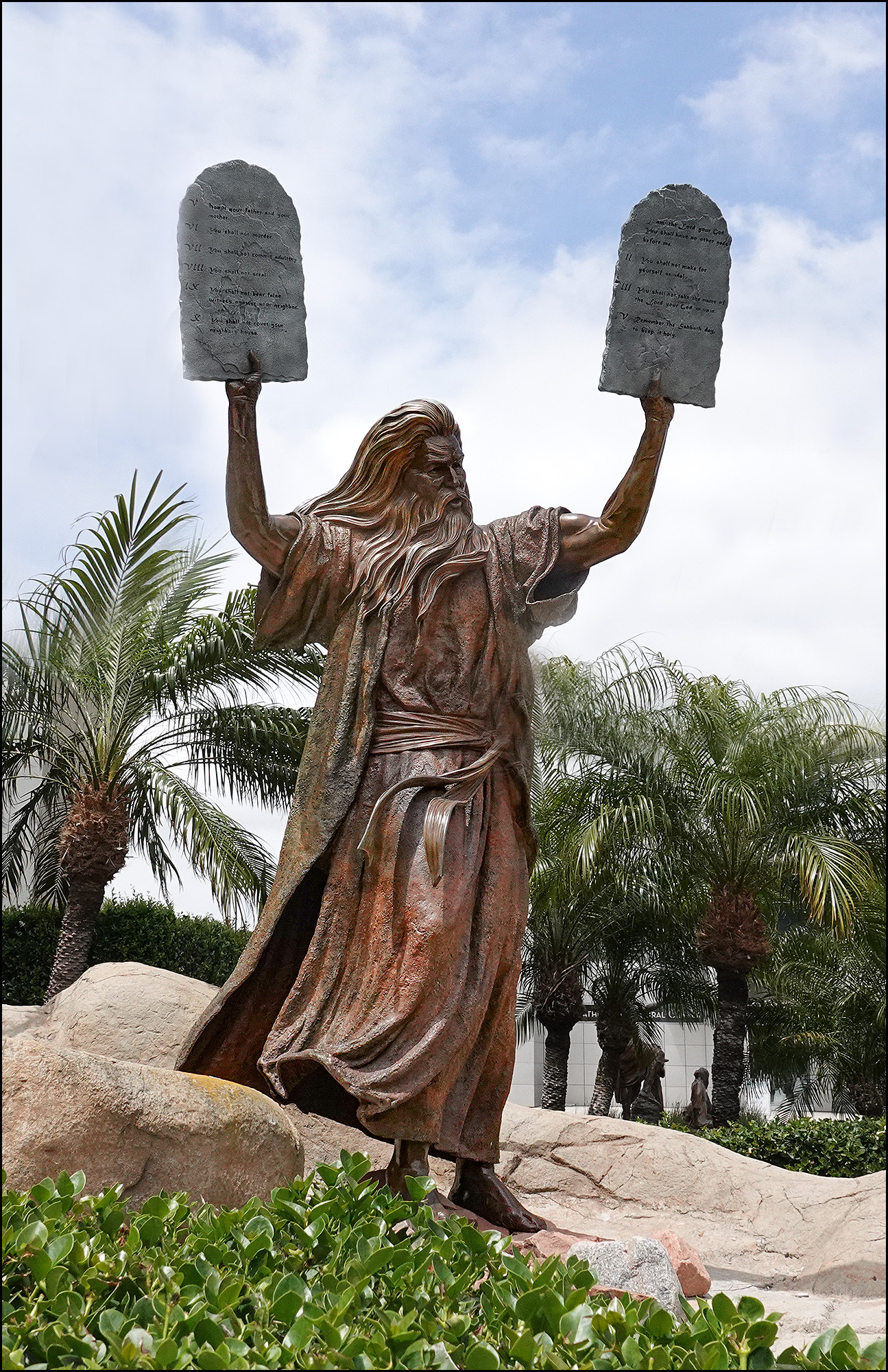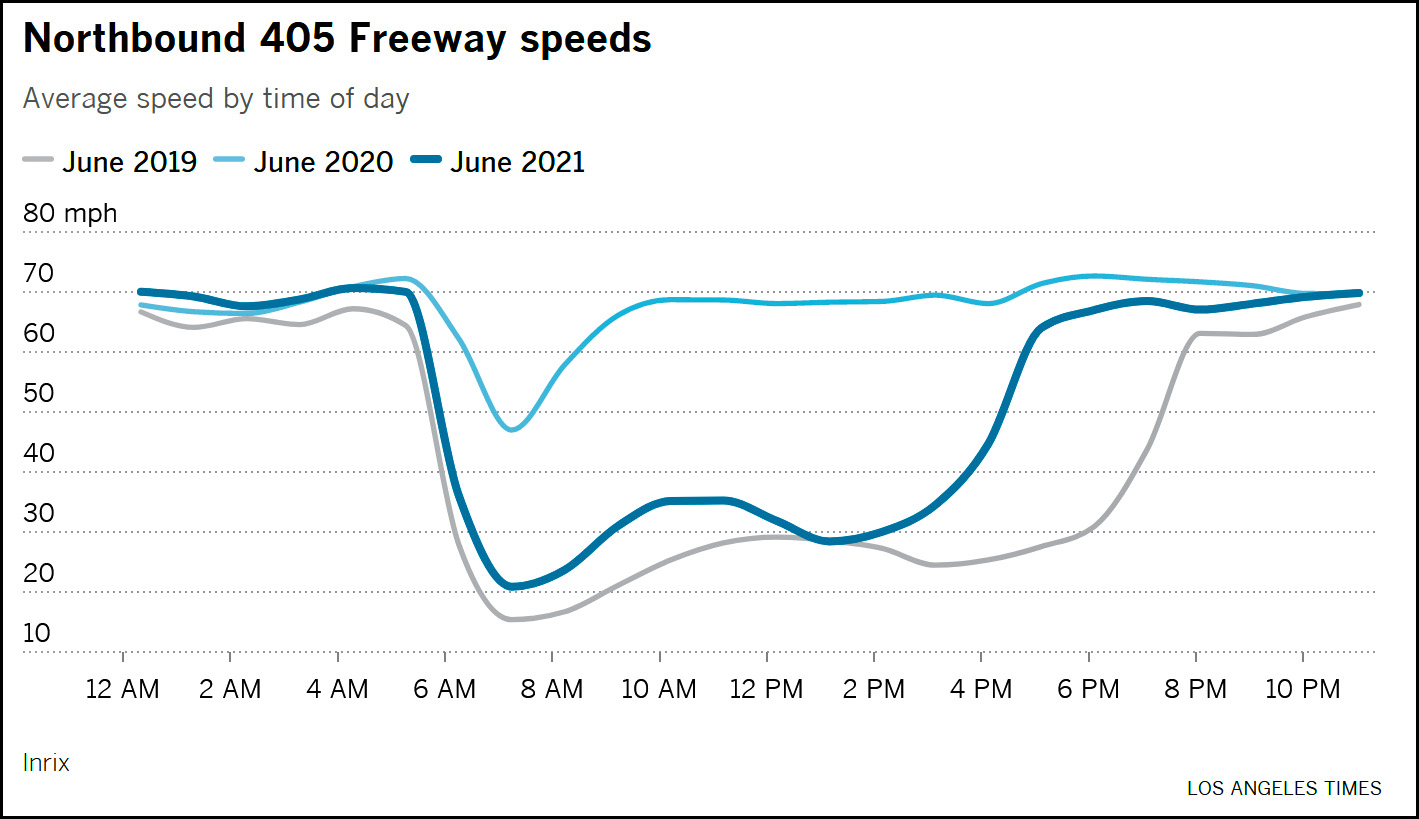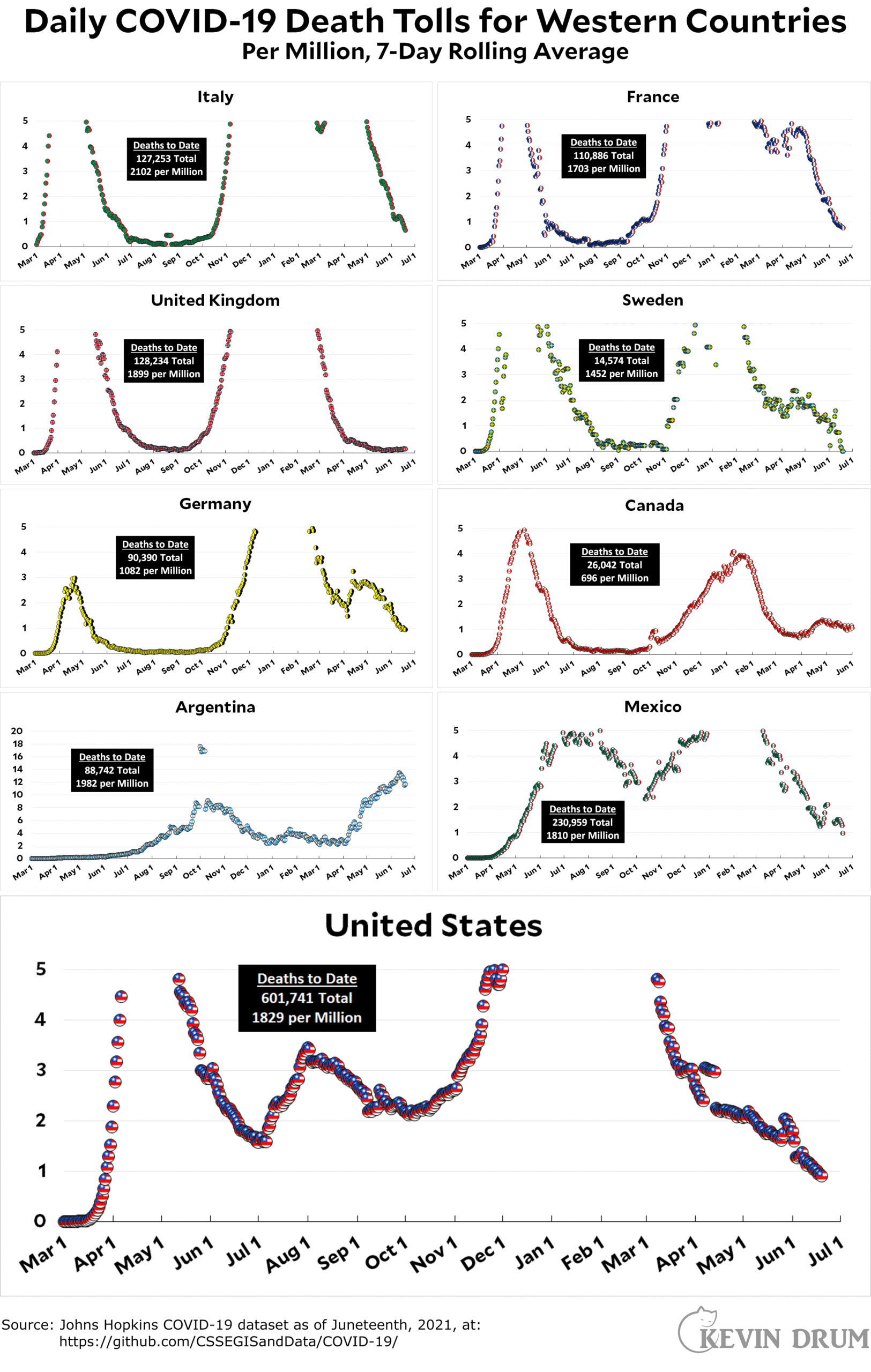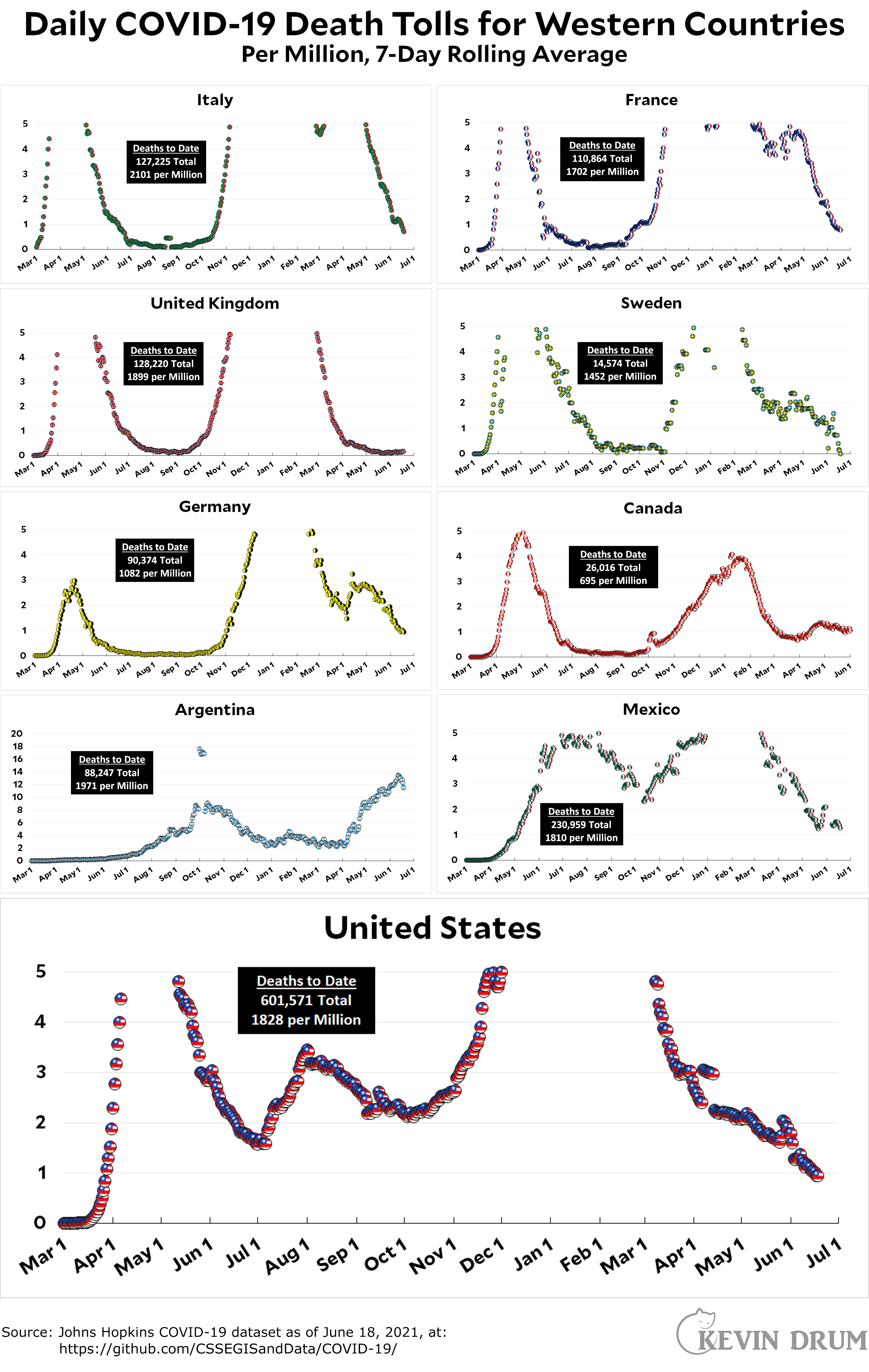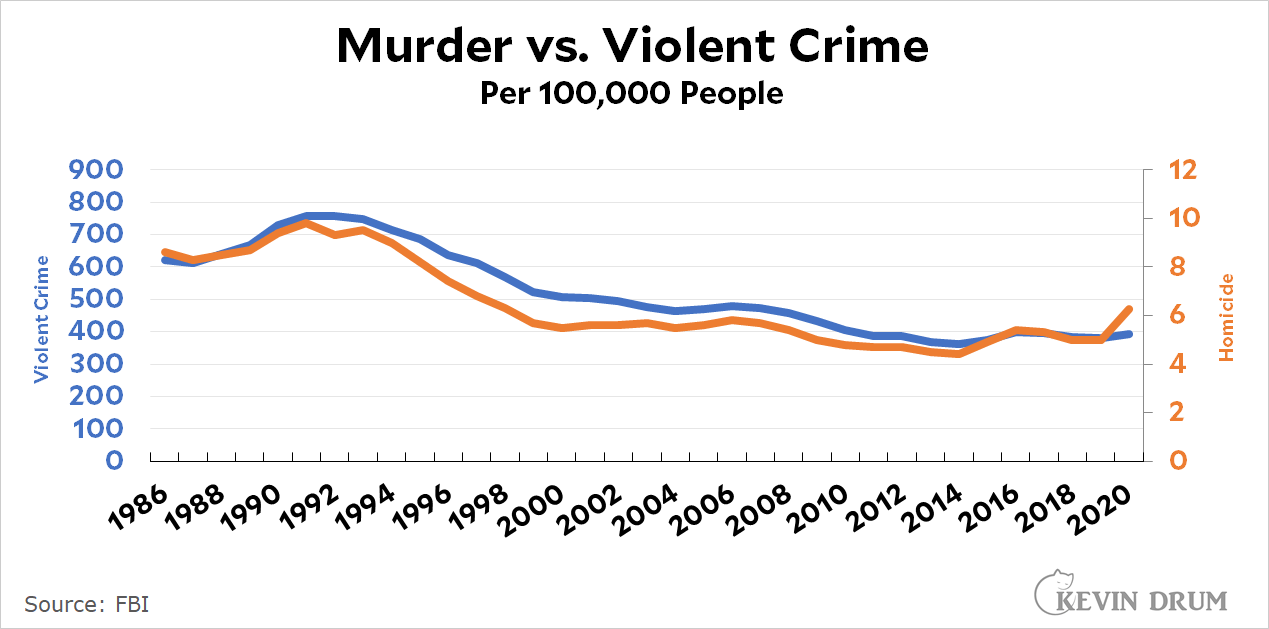Our ongoing argument over the filibuster represents the entire American political system in a nutshell. Just as the fear of our political opposites is generally greater than our confidence in our allies, both major parties are reluctant to get rid of the filibuster because their fear of what the other side could do with a majority vote is greater than their excitement about what their own side could do with it.¹
One way to think of this is that it's a straightforward consequence of what behavioral economics tells us about decisionmaking under uncertainty, namely that we hate losses about twice as much as we value comparable gains. If that's the case, then one side or the other will finally kill the filibuster not when the risk of backfiring goes away (it never will) but when the betting odds suggest that the relative gain to their own side seems to be roughly twice as big as the gain to the other side.
It will never be Republicans who come to this conclusion, since the filibuster is fundamentally a conservative rule that helps to preserve the status quo. It will happen only when enough Democrats finally decide that they don't have much to lose.
And when will that happen? On the one hand, Mitch McConnell is helping things along by making it explicit that Republicans will use the filibuster on everything, which makes it clearer every year just how much Democrats are losing because of it. On the other hand, the structural advantage that Republicans have in Congress makes a Democratic sweep (House, Senate, Presidency) unlikely, and that's the only time the filibuster matters.
That's the basic calculus. My own view is twofold. First, I've always objected to the filibuster on the simple grounds that legislatures should decide most things by majority vote. In fact, I'm not sure the filibuster is even constitutional. Second, I have zero doubt that liberals would gain far more than they'd lose from ditching it. This might or might not be true in the first few years after its demise, but it would certainly be true in the long run.
Why am I so confident? I suppose it's because I'm a true believer in social democracy. With the filibuster gone, Democrats would slowly but surely enact social democratic reforms and people would like it. This would make Democrats more popular and we'd then get more Democrats and more social democracy. Rinse and repeat.
Might I be wrong? Sure. But it's what I believe.
¹Got that? This is a surprisingly difficult concept to summarize plainly. But it's true of both liberals and conservatives, at this point in time at least.

